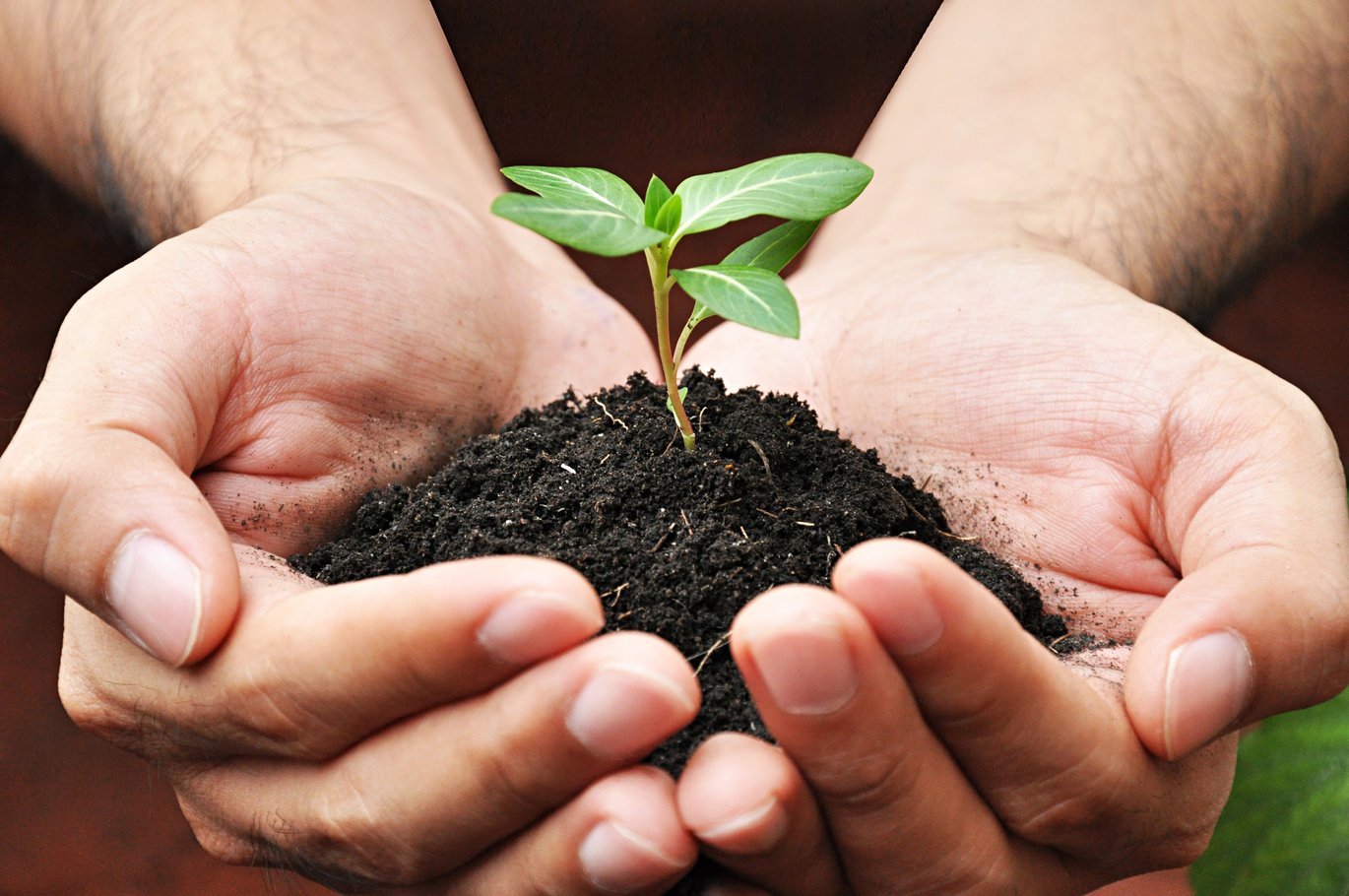Can biostimulants improve plant growth and development?
Biostimulants are a growing area of focus in agriculture and horticulture. But do they work? Hear about the latest research on biostimulants at a one-day seminar hosted by the Department of Food Science on October 3rd.

Creating more robust plants is a key solution to maintaining and advancing sustainable food production in a changing climate.
With fewer approved solutions, there is a need for more tools to potentially create more robust plants with desired qualities for food and feed.
One of these tools could be biostimulants.
But even though natural solutions such as biostimulants have been used in biodynamic farming for decades, little research has been done on their effects and how they work.
What are biostimulants?
Plant biostimulants are any substances or microorganisms applied to plants with the aim of enhancing nutrient use efficiency, increasing abiotic stress tolerance and/or improving crop quality traits.
However, while fertilisers and pesticides directly address nutritional deficiencies and protect plants against pests and diseases, biostimulants work by stimulating the plant’s internal metabolism to improve its overall performance.
For example, a particular biostimulant does not provide nutrients to the plant, but it could improve the plant’s ability to uptake nutrients from the soil.
“The official EU definition is that they improve nutrient use efficiency, plant nutrient availability, plant tolerance against abiotic stresses like drought or cold stress, plant development and growth, and product quality,” says Mesfin Tsegaye Gebremikael, Tenure Track Assistant Professor at the Department of Food Science at Aarhus University.
Biobased stimulants
Biostimulants are an umbrella term for natural constituents or solutions of mineral, plant, animal or microbial origin. They come in many different shapes and forms.
They can also be of bacterial or fungal origin and can help break down organic matter in the soil, making nutrients more available for the plant’s roots.
Biostimulants include seaweed extracts, humic acids extracted from humic-rich natural deposits, and plant extracts. Their uses are as diverse as their origins.
What binds them together is that they are all biobased stimulants, extracted from natural sources.
Are they effective?
Biostimulants are especially used in organic and biodynamic agriculture. In later years, conventional farmers have also started looking their way.
But little is known about their effects under Danish growing conditions.
At the Department of Food Science, researchers are about to finish a GUDP project called BioGrowth. One key objective was to find what researchers call “proof of concept” – a definitive answer to whether biostimulants have proven effects using the scientific methodology.
In this project, the effects of biostimulants were tested under controlled conditions in the greenhouse and in climate chambers, at experimental field conditions, and at farmers' conditions. The biostimulants were tested on potatoes, onions, and carrots.
“We tested the effects of biostimulants from different origins on yield, nutrient use efficiency, plant tolerance against abiotic stress, and product quality. We followed the plants from establishment to harvest and focused on the soil, the plant and the product. We explored many aspects of plant growth and development,” project lead Associate Professor Merete Edelenbos says.
“However, even with this thorough testing, it is still difficult to draw firm conclusions about the efficacy of plant biostimulants based on our experiments,” she says.
Research on biostimulants is a journey
More investigations are needed to confidently say whether biostimulants work on field-grown vegetables, even though the experiments in some cases indicated better nutrient uptake and increased yield.
Tenure Track Assistant Professor Mesfin Tsegaye Gebremikael explains that although studies from other countries have shown that biostimulants could improve yield on average by 18 percent, local effects may be different.
“From the literature, we know that the effects of biostimulants vary significantly depending on crop type, climate, and soil conditions. It seems that the biostimulants are more effective in international studies when used under unfavourable growth conditions. But under which Danish conditions are biostimulants effective?” he asks.
It can be difficult to pinpoint the source of a potential effect because biostimulants may act both on the soil and plant and their interaction.
“But one thing is certain: If we want more resilient and sustainable production systems, we need products that strengthen both the soil, the plant and their interaction. And here, biostimulants could offer a solution. But we need more research on their efficacy under local growing conditions,” he says.
Three areas for further research
The researchers see three important areas for further research into biostimulants.
One area is the establishing phase.
“The establishment phase is the first critical phase,” Merete Edelenbos explains.
“If biostimulants could help the plants to become stronger faster, they can better compete against pests, diseases and weeds. That would help the green transition,” she adds.
The two other areas would be investigating the mode of action and elucidating the effects on growth and development during long-term field testing.
“During the project, it became obvious that we need more focus on these two areas in future,” Mesfin Tsegaye Gebremikael says.
Learn more about biostimulants
If you are interested in learning more about biostimulants and their potential uses, you can attend the Department of Food Science’s seminar on the subject on October 3rd.
Here, you can hear about research findings from Italy and Belgium, the BioGrowth project, and how to research biostimulants under field conditions.
Leading experts will discuss their findings, the future of biostimulants, and what we can expect from them.
There are limited spots available, so don’t hesitate to sign up. Participation is free, but there is a no-show fee of 500 kroner.
See the programme and sign up by clicking here.
